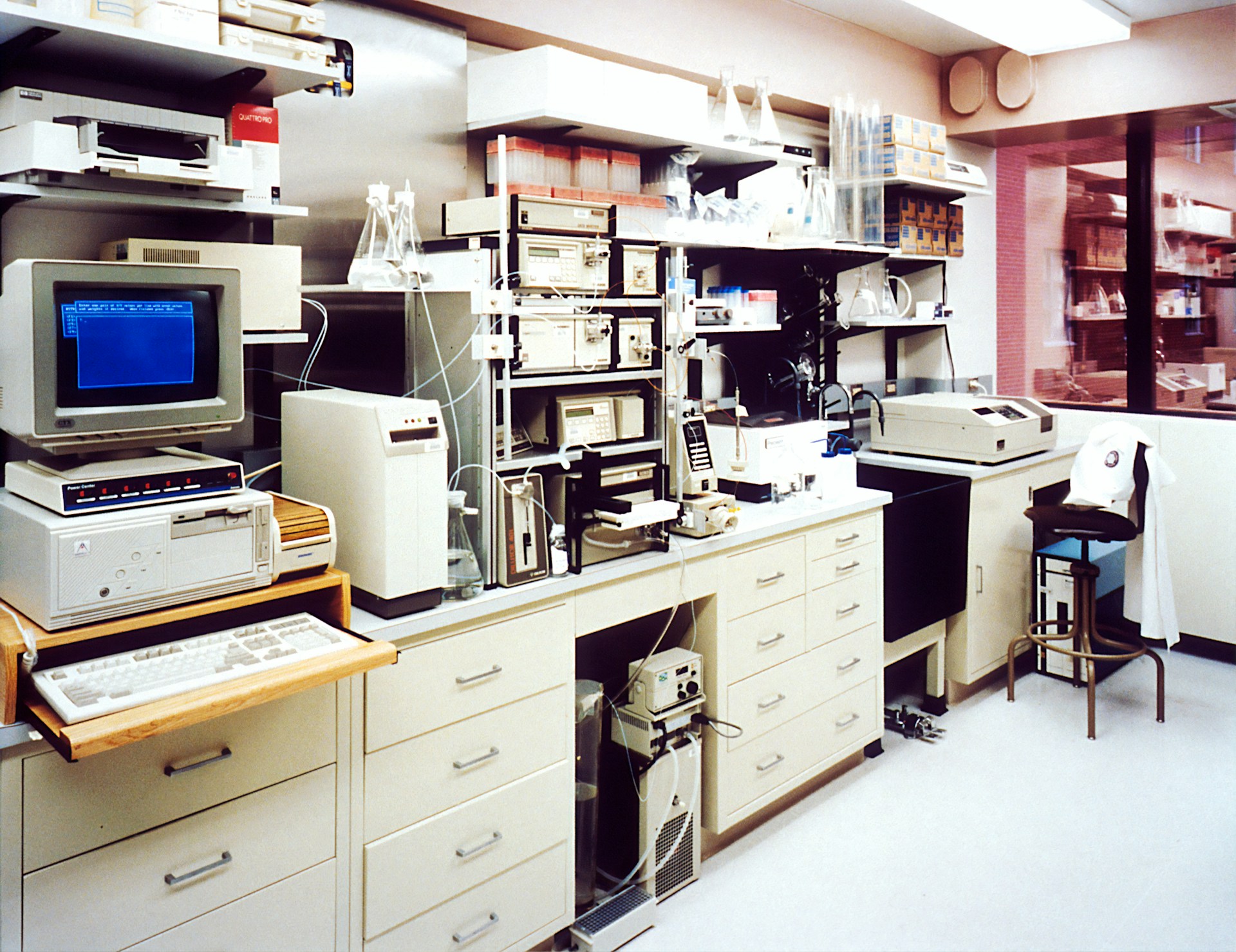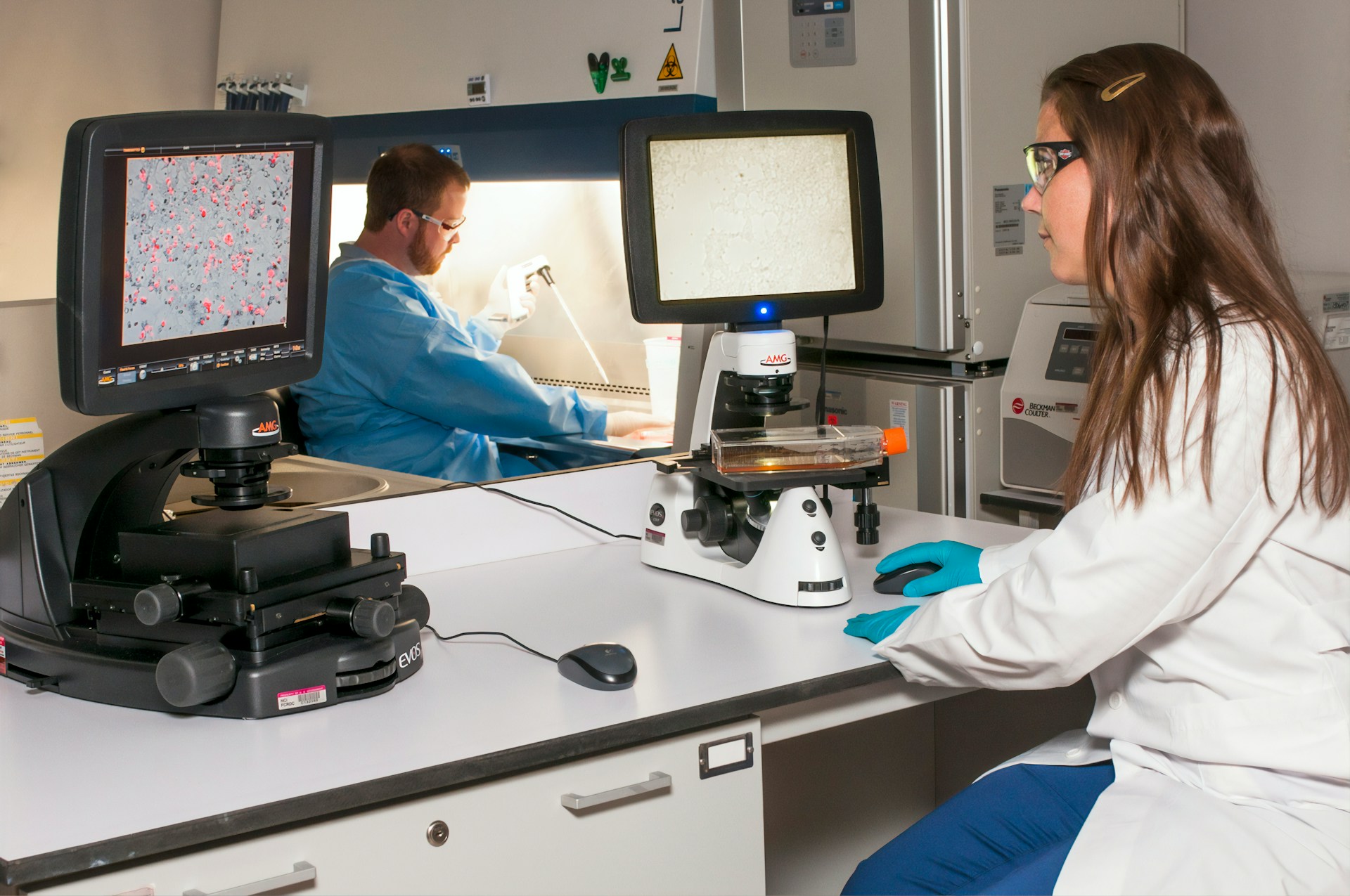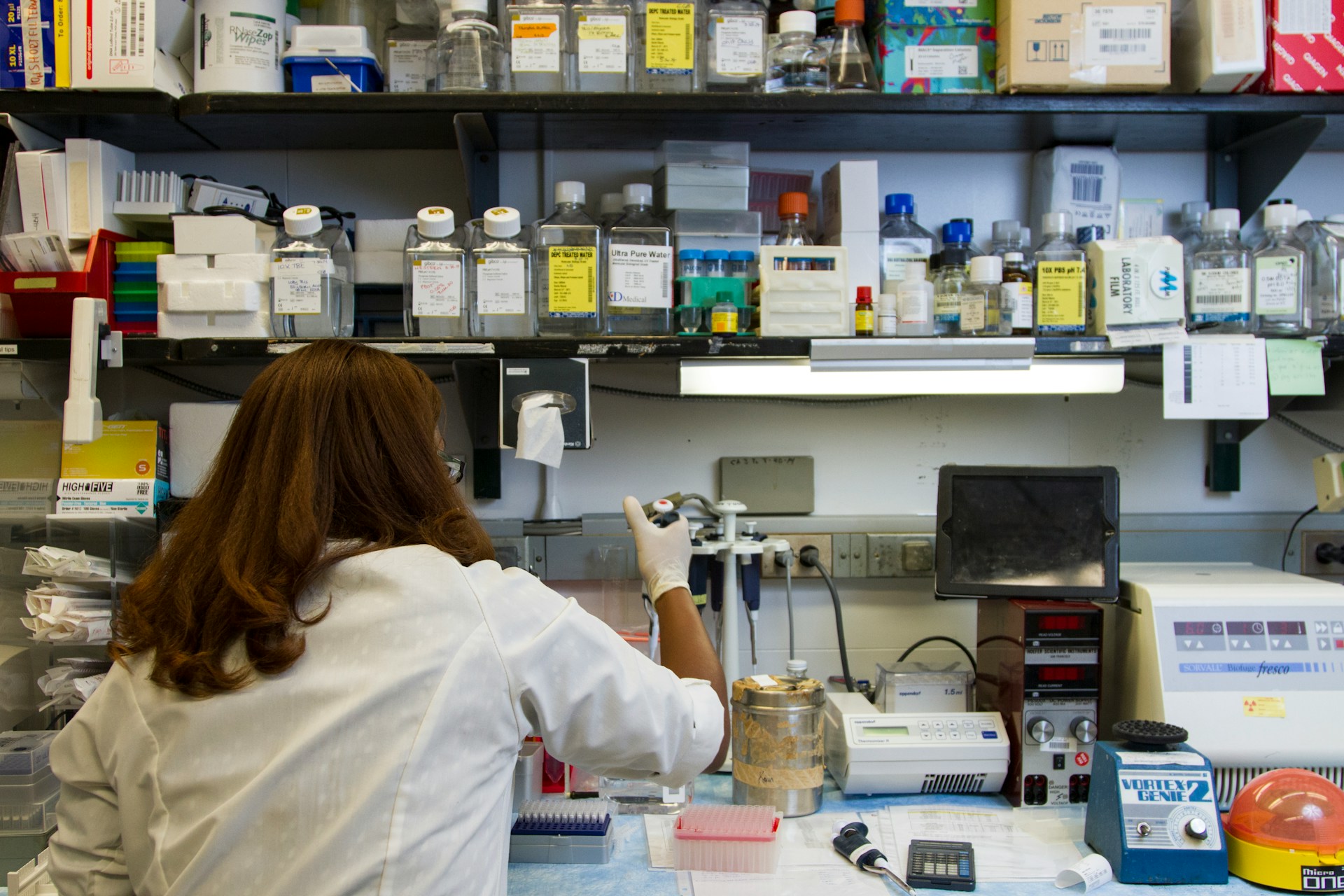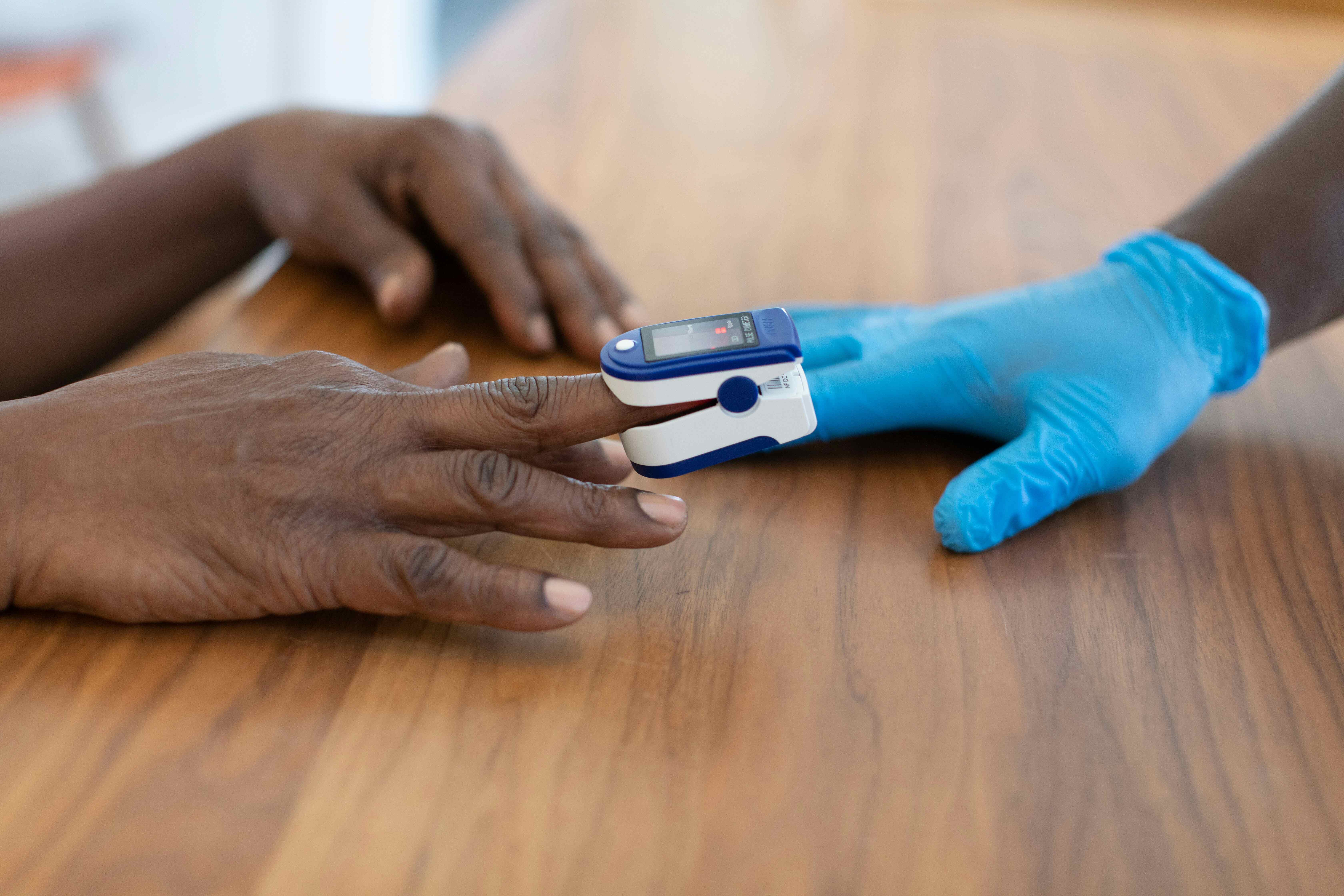
Insights
The Role of Biostatistics in Clinical Research Programs
05 Aug, 20248 minutesThe Role of Biostatistics in Clinical Research ProgramsBiostatistics is truly at the center ...

The Role of Biostatistics in Clinical Research Programs
Biostatistics is truly at the center of every aspect of clinical research. From shaping the design of clinical trials to analyzing complex data sets, biostatistical principles, and professionals are indispensable in ensuring the reliability and validity of research findings. In an era where evidence-based medicine reigns supreme, biostatistics provides the rigorous framework needed to draw meaningful conclusions from clinical data, driving innovation and improving patient outcomes in clinical research programmes.
As the volume and complexity of biomedical data continue to expand, the role of biostatistics is increasingly essential. Data-driven insights from biostatistical analyses guide clinical decisions, inform policy-making, and drive healthcare advancements.
In this guide, we will explore the essential role of biostatistics and biostatistical professionals by examining five key ways biostatistical data and the experts who utilize it contribute to and enhance various aspects of the clinical research process.
Top 5 Ways that Biostatistics Features in Clinical Research
We have established that the need for biostatistical analysis and biostatistical roles are a priority in clinical research and on clinical teams, but where precisely within the process do they play the most significant roles? How does their influence contribute to a broader goal?
To understand biostatistics's increasingly critical role in clinical research programs, we have put together five key ways the field continuously impacts the industry.
1. Optimizing Clinical Trial Design
The United States of America registered the highest total number of trials from 1999 to 2022, highlighting its instrumental role in driving Life Science advancements.
Biostatisticians play a crucial role in ensuring these trials are efficiently designed and executed to advance medical research while ensuring participant safety and meeting regulatory standards.
Designing Trials for Adaptability
Approximately 80% of clinical trials face delays or closures due to recruitment challenges, costing sponsors between $600,000 and $8 million daily in delays to product development. Biostatisticians are instrumental in optimizing trial design to minimize costs and accelerate timelines. They use statistical techniques to design trials that can adapt based on interim results, improving resource allocation and enhancing trial efficiency.
Adaptive Trial Design
One significant challenge in clinical trials is adapting to new findings as they arise. Traditional trial structures often struggle to adjust to evolving data trends or unexpected issues, which can delay progress or miss opportunities to refine treatment approaches.
Biostatisticians address this challenge by promoting adaptive trial designs. These designs allow for ongoing adjustments based on interim results, enabling researchers to respond promptly to changes in treatment effects and participant responses. This flexibility ensures that trials remain relevant and impactful throughout the study.
Precise Protocol Development
Another crucial aspect of successful clinical trials is the clarity and specificity of protocols. Unclear success criteria or vague endpoints can lead to inconclusive or misleading results, undermining the study's validity.
Biostatisticians emphasize the importance of defining protocols with clear success criteria and sturdy randomization techniques. By using rigorous statistical methods, they ensure that trials produce meaningful and understandable data. This thorough approach reduces uncertainties and enhances the reliability of clinical trial outcomes.
Flexible Statistical Techniques
Flexibility in trial design is essential to accommodate varying conditions and unexpected developments that may occur during the study. Static trial designs often struggle to accurately capture nuanced treatment effects or participant responses.
Biostatisticians advocate for the use of flexible statistical techniques, such as Bayesian methods and adaptive designs. These techniques allow for dynamic adjustments in response to real-time data, optimizing resource allocation, improving trial efficiency, and maintaining scientific rigor throughout the clinical research program.
Biostatisticians are essential to the success of clinical trials. They drive efficiency, ensure ethical standards, and provide reliable evidence for medical advancements.
2. Enforcing the Integrity of Clinical Projects Overall
As our society ages and demands more personalized medical solutions, the importance of clinical research continues to grow. However, this growth has brought with it a concerning increase in retractions and doubts surrounding the authenticity of randomized clinical trials (RCTs). These trials face threats to their integrity from unintentional errors, flawed methodologies, and instances of misconduct.
Ensuring the integrity of every aspect of clinical projects—from initial trials to post-marketing studies—is essential. Beyond maintaining the reputations of private organizations, integrity safeguards participant safety, ensures the reliability of results, secures regulatory approvals, supports scientific innovation, and optimizes resource efficiency in healthcare.
Enforcing the integrity of clinical projects is essential for 5 main reasons:
- Protecting Participant Safety and Ethical Standards: Upholding integrity ensures clinical trials prioritize participant safety through ethical conduct, informed consent procedures, and stringent safety protocols.
- Ensuring Accurate and Trustworthy Results: Integrity guarantees the reliability and accuracy of collected data, which is pivotal in determining the safety and efficacy of treatments.
- Securing Regulatory Approval and Public Confidence: High integrity is necessary to obtain regulatory approval for new treatments and maintain public trust in medical research and healthcare providers.
- Advancing Scientific Knowledge and Innovation: By upholding integrity, clinical trials contribute effectively to scientific progress and innovation, providing reliable evidence to support medical advancements.
Optimizing Resource Allocation and Efficiency: Maintaining integrity supports the efficient use of resources in clinical research, ensuring that investments lead to meaningful outcomes and benefit future healthcare practices.
Biostatistics continues to play a crucial role in maintaining integrity by ensuring rigorous data analysis and clear reporting within clinical research programs, which is essential for:
- Developing Statistical Analysis Plans: Biostatisticians create detailed plans for analyzing data, ensuring that findings reported in clinical trials are accurate and reliable.
- Highlighting Preliminary Data: They carefully analyze and emphasize statistically significant preliminary findings, using methods that reduce biases and improve transparency in interpreting clinical research results.
- Ensuring Regulatory Compliance: Biostatisticians follow regulatory guidelines, ensuring that clinical trials adhere to strict standards. This helps maintain the trustworthiness and credibility of research outcomes.
- Interpreting Complex Data: Biostatisticians interpret complex datasets with precision using advanced statistical methods. This ensures that conclusions drawn from clinical trial data are valid and meaningful.
- Contributing to Manuscript Preparation: They offer expertise in preparing research papers, ensuring that methodologies, results, and statistical analyses are accurately presented. This helps them meet the high reporting standards expected in clinical research publications.

3. Designing Practical Studies
Designing practical, ethical, and cost-effective studies is crucial for advancing medical research, especially in the private sector, where efficiency and resource management are vital. Well-designed studies provide reliable insights without wasting time or money, balancing the need for accurate data with budget and ethical considerations.
By carefully planning studies from the start, biostatistics helps avoid common problems that can compromise research quality. Let’s examine how.
Determining Optimal Sample Sizes
Getting the sample size right is essential for balancing cost and statistical power. A study with too few participants may not detect meaningful effects—too many participants and waste resources. Biostatistics helps determine the optimal sample size, ensuring studies are effective without overspending.
Choosing Appropriate Randomization Techniques
Randomization is key to minimizing bias and ensuring reliable results. Biostatistics offers various randomization methods tailored to the study's needs, like simple, stratified, or block randomization. This ensures fair and unbiased treatment allocation, making comparisons between different patient groups valid and meaningful.
Developing Efficient Data Collection Methods
High-quality data is fundamental to any successful study. Poor data collection leads to inaccuracies and unreliable results. Biostatistics helps develop efficient data collection methods, including designing effective questionnaires, deciding when to collect data, and choosing robust data management systems. This ensures that the data is accurate and reliable, supporting strong conclusions.
Supporting Personalized Medicine and Addressing Rare Diseases
Biostatistics also plays a crucial role in personalized medicine and rare disease research. It allows researchers to analyze treatment effects across different patient groups through subgroup analysis. Randomization ensures unbiased treatment assignment, enabling meaningful comparisons. This helps identify which patients benefit most from specific treatments, advancing personalized medicine.
For rare diseases, biostatistics uses specialized techniques and innovative trial designs to draw meaningful conclusions, even with limited patient numbers. This ensures impactful results and valuable insights for rare disease treatments.
4. Reducing Bias in Research Outcomes
Bias in clinical research poses risks to the reliability of scientific findings and can lead to incorrect healthcare decisions and patient harm. When bias influences studies, it distorts how treatments are perceived. For example, if participants or researchers know which treatment is used, their expectations can affect how outcomes are reported or interpreted. This can lead to overestimating treatment benefits or minimizing potential harms, impacting patient safety and healthcare effectiveness.
Let's explore how biostatisticians address bias in clinical research to ensure accurate and trustworthy outcomes.
Implementing Blinding Techniques
Biostatisticians use blinding techniques to prevent bias from participants or researchers knowing which treatment is being administered during clinical trials. By concealing treatment information, blinding ensures that assessments of outcomes stay impartial.
This method is essential for preserving the integrity of clinical trial designs and bolstering the credibility of biomedical and biometric data gathered.
Utilizing Stratified Randomization to Control for Confounding Variables
During clinical trial recruitment, biostatisticians employ stratified randomization to evenly distribute known confounding variables such as age or disease severity across different treatment groups. This method ensures that these variables do not unfairly influence the measured outcomes.
By achieving a balanced representation of clinical data across groups, researchers can accurately assess the true effects of the treatments being studied, thus improving the reliability of clinical data and advancing biomedical research.
Conducting Intention-to-Treat Analysis to Maintain Randomization Benefits
Biostatisticians employ Intention-to-Treat (ITT) analysis to uphold the randomization process's integrity in data management for clinical research. This statistical method includes all participants in their initially assigned groups, regardless of their adherence to the treatment protocols.
By analyzing all clinical data as originally intended, ITT analysis provides a realistic reflection of treatment effectiveness in real-world scenarios, contributing to more accurate clinical trial outcomes and informed biomedical decisions.
Techniques such as blinding and stratified randomization ensure that outcomes are objective and unbiased, leading to more reliable conclusions within the industry, supporting organizational reputation, and assisting in producing credible research. By effectively addressing bias, biostatisticians contribute to the integrity of clinical trial designs and enhance the overall reliability of biomedical research.
5. Contributing to Data Interpretation
Biostatistics is crucial in reducing bias, organizing clinical trials through randomization, and maintaining the integrity of research programs. However, the role of biostatisticians extends beyond these functions. They are integral to data interpretation, which supports various departments and stakeholders within leading Life Science organizations.
Biostatisticians uncover trends and patterns in complex data sets using advanced methods like survival analysis, regression modeling, and machine learning. They present their findings clearly and concisely, aiding clinical decisions and informing reports for stakeholders, researchers, and regulatory bodies.
By providing a robust framework for data analysis, biostatisticians help identify patterns, draw meaningful conclusions, and communicate results effectively. This clear presentation of research outcomes enables informed decisions, driving innovation and success in clinical research.
To make data more accessible and meaningful, biostatisticians:
- Adhere to predefined processes to ensure logical and valid conclusions.
- Use statistical software such as R, SAS, STATA, and SPSS for data visualization and analysis.
- Perform hypothesis testing (t-tests, chi-square tests, ANOVA) to determine if observed differences are statistically significant or due to chance.
- Conduct regression analysis to explore relationships between multiple variables.
- Create visualizations like graphs to communicate data trends and results clearly.
These practices ensure that data is accessible and understandable, which is essential given the growing volume of big data in clinical research programs. Through their expertise, biostatisticians enhance the reliability and impact of clinical studies.

Biostatistics Within Clinical Research Programs: Final Thoughts
Biostatistics is indispensable to clinical research. It guides the design of trials and data analysis to ensure reliable and valid findings. This field provides the rigorous framework needed to draw meaningful conclusions, driving innovation and improving patient outcomes in an era of evidence-based medicine.
Biostatisticians are essential in guiding clinical decisions, informing policy, and advancing healthcare as biomedical data becomes more complex. Their role in optimizing trial designs, enforcing integrity, and interpreting data is critical for the success of medical research.
Looking ahead, biostatistics will continue to be vital as we embrace personalized medicine and tackle complex healthcare challenges. Organizations integrating biostatistical expertise into their research programs will be better positioned to innovate and improve patient care.
Maximize Your Clinical Research Programs with Expert Talent
Since 2005, Warman O’Brien has been placing qualified candidates with leading pharma, biotech, and CROs. We understand the industry and the growing demand for biostatistical talent within clinical research programs.
Whether you're looking to expand your team of skilled professionals or learn more about the significance of biometric data, our dedicated scientific consultants, who are ex-industry experts, will work closely with you to maximize the potential of your research team.
Contact us today to discover how we can support your clinical research programs.


